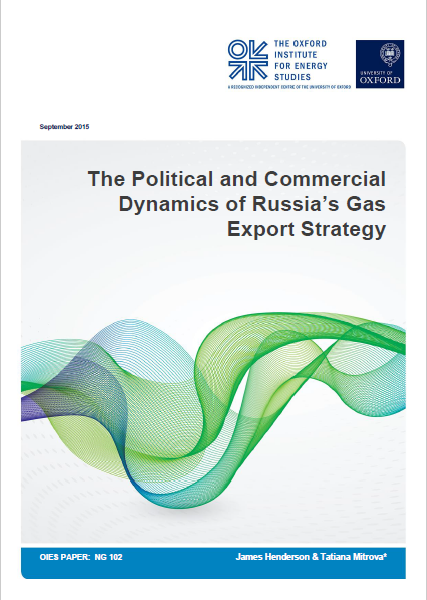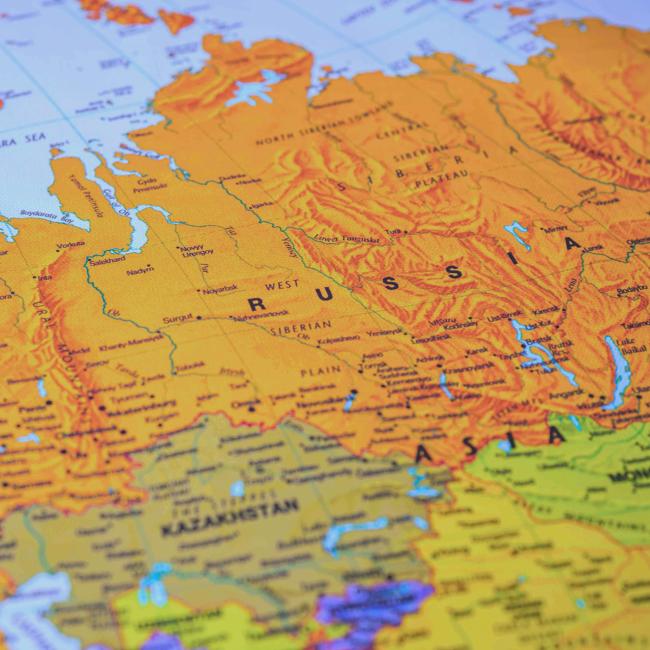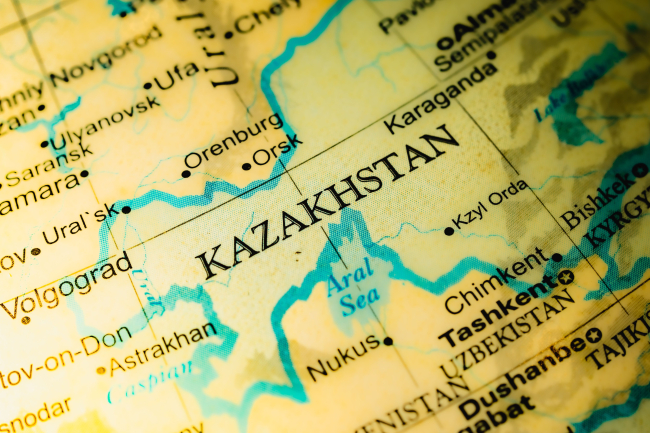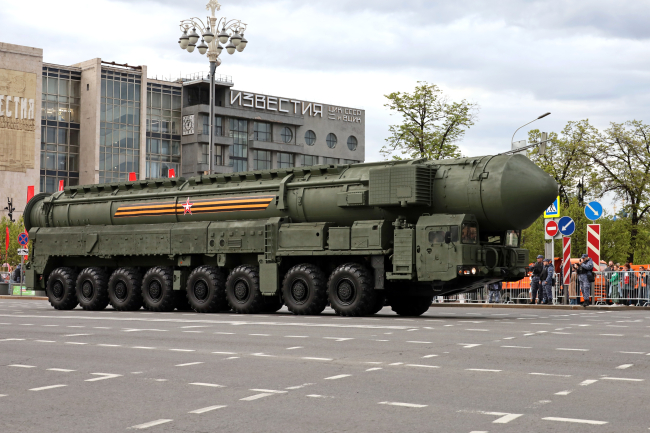The Political and Commercial Dynamics of Russia's Gas Export Strategy

A wide-ranging look at the way Gazprom interacts with an increasingly challenging global gas market for Russia.
Russia has long been regarded as the world’s pre-eminent gas producer, both by virtue of its reserves base and the central role played by Gazprom, its state-owned ‘gas champion’ in the ‘matrix’ of domestic supply and consumption, and import and export gas trade-flows linking it to Central Asian and Western former FSU states as well as European gas buyers. The construction of this gas network in terms of the sheer scale of physical infrastructure involved and the management of the contractual and political – economic relationships underpinning it, represents a spectacular achievement by any standard. Gazprom, at the centre of this system, has become an important source of state revenue as well as an agent dealing with FSU customers in the sometimes tension-ridden post-Soviet landscape.
Markets, even physical commodity markets, do not stand still. As continental Europe followed North America and the UK before it down the path of gas market liberalisation and hub pricing, Gazprom’s oil indexed long term contract business model came under siege and has yielded. In its domestic market, the rise of ‘independents’ has eroded Gazprom’s market share to a remarkable extent. European gas market regulatory architecture re-design has clashed with Gazprom’s plans to construct ‘transit avoidance’ pipelines around the Ukraine, with whom it has long running disagreements on gas pricing. The prospect of high demand growth for gas in the European gas generation, against which Gazprom invested billions developing the giant Yamal field complex has turned out to have been a mirage. Slow post financial crisis Eurozone economic growth and the zealous pursuit of renewable energy policy on the part of Brussels has resulted in stagnant demand for Russian gas pipeline imports and, following the Russia-Ukraine tensions of recent years, a desire to diversify away from Russian gas.
Russia’s resulting campaign to access the Asian and specifically Chinese market, whilst sound in principle, has become bogged down in disagreements on contract pricing and route preference. The collapse in oil prices from late 2014 has crimped Gazprom’s cashflow outlook and narrowed its room for manoeuvre. The impending surge in Australian LNG exports and later this decade the expected surge in US LNG as a consequence of the shale gas revolution, add to the challenges of Gazprom in Europe and Asia.
This paper adds to the considerable listing of books and papers produced by the Oxford Institute for Energy Studies Natural Gas Research Programme on the subject of Russia, Gazprom and its interaction with the global gas system. In addition to the looking at its emerging challenges and threats, the paper also offers unique insight into the ability of Gazprom to respond to its changing business environment, whether strategically or reactively.
It is available on Oxford's Institute for Energy Studies' website: The Political and Commercial Dynamics of Russia's Gas Export Strategy

Available in:
Regions and themes
Share
Related centers and programs
Discover our other research centers and programsFind out more
Discover all our analysesRussia's Asia Strategy: Bolstering the Eagle's Eastern Wing
Among Russia’s strategic priorities, Asia traditionally played a secondary role compared to the West. In the mid-1990s, then Foreign Minister Yevgeny Primakov initiated a rapprochement with China and India. Then, in 2014, deteriorating relations between Russia and the West prompted Moscow to begin its “great pivot to the East”.
Kazakhstan After the Double Shock of 2022: Political, Economic and Military Consequences
The year 2022 represented a dual shock for Kazakhstan. In January, the country faced its most severe political crisis since independence, followed in February by Russia’s full-scale invasion of Ukraine, which cast uncertainty over the borders of post-Soviet states. These consecutive crises profoundly shaped Kazakhstan’s domestic and foreign policy.
How the Russian Army Changed its Concept of War, 1993-2022
The traditional and high-intensity war that has occurred in Ukraine since Russia decided to invade raises a key issue: did post-soviet Russian strategic thought really prepare Russia for waging this war?
Russia's Nuclear Deterrence Put to the Test by the War in Ukraine
From the outset of its “special military operation” (SVO) against Ukraine on February 24, 2022, Russia, which possesses one of the world’s largest nuclear arsenals, has adopted aggressive deterrence measures and a resolutely menacing rhetorical stance.









